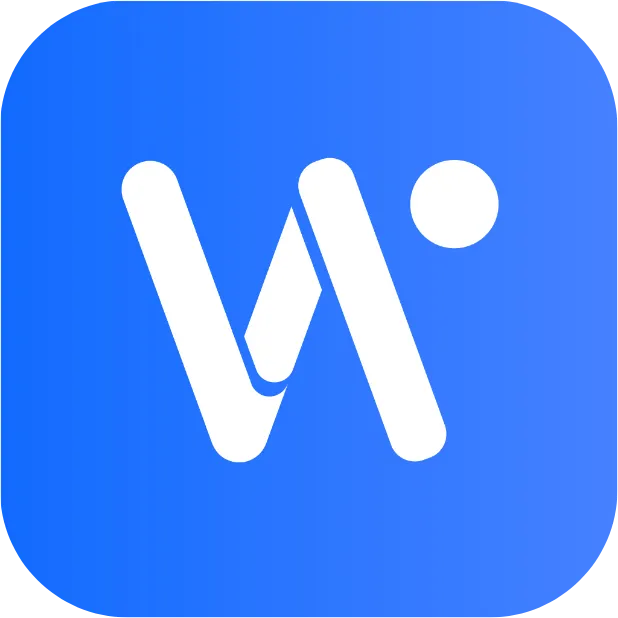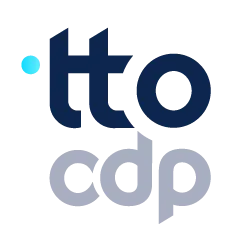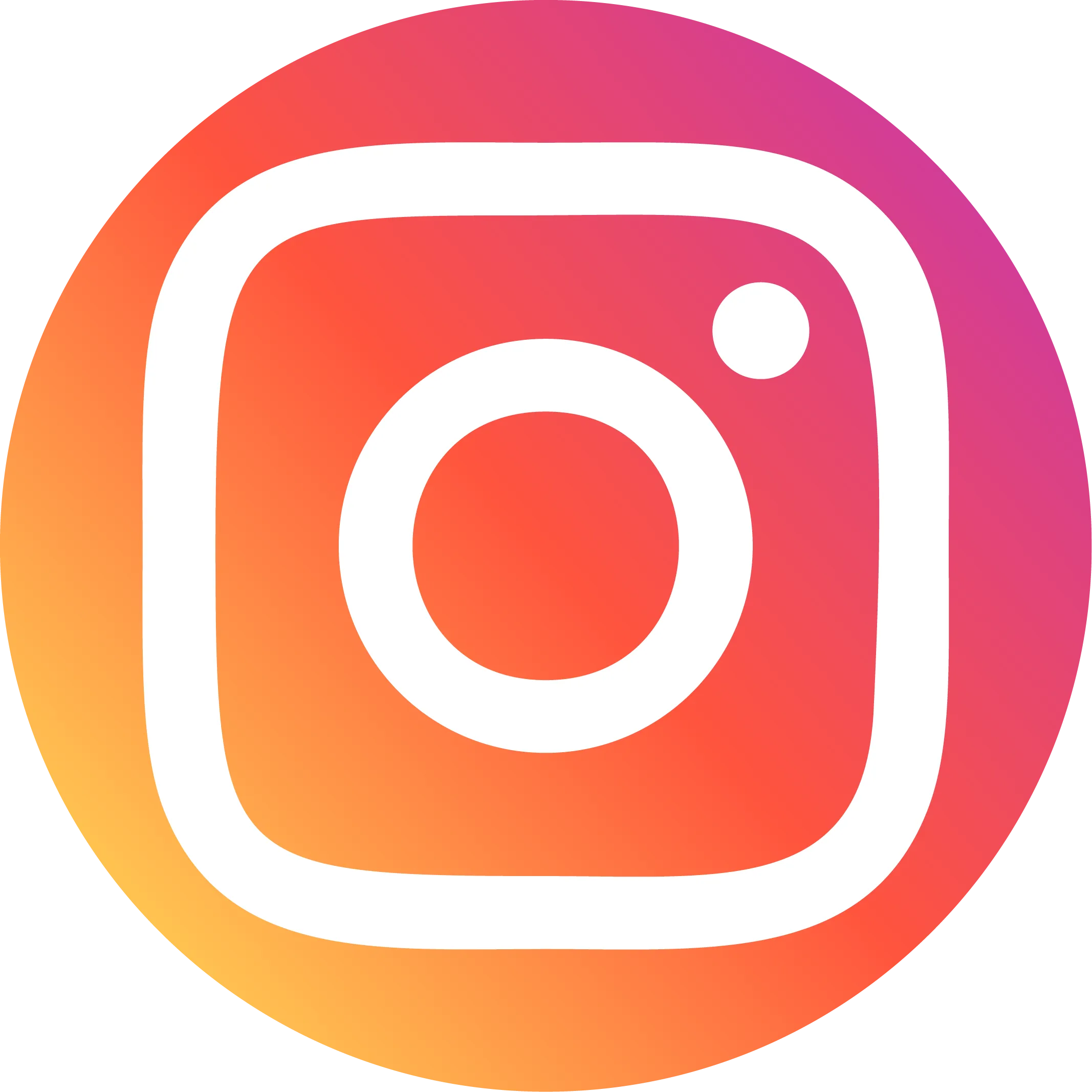Myth Busted: "Traditional Ads" Failing? How Liverpool Leveraged "Bing Ads" for 128% Revenue Surge!
In today’s fragmented digital advertising landscape, brands face mounting challenges—media fragmentation, cookie deprecation, and shifting consumer behaviors make it harder than ever to connect with high-intent audiences. Yet, some brands are defying these odds with innovative strategies. Take Liverpool, Mexico’s largest department store chain, which recently achieved a staggering 128% revenue growth over target during its "La Venta Nocturna" Mother’s Day event. This success was powered by a strategic blend of Search, Shopping, and Performance Max (PMax) campaigns on Bing ads, proving that AI-driven advertising can unlock unprecedented growth.
As brands prepare for the 2024 holiday season, insights from Microsoft’s 2024 Retail Holiday Playbook highlight the importance of early exposure, multi-format ads, and AI-powered personalization. Liverpool’s case study, alongside similar successes from Watches of Switzerland and Postbank, demonstrates how Bing ads and Microsoft’s interconnected media ecosystem—spanning MSN, Outlook, LinkedIn, and AI-powered Copilot—deliver higher engagement and conversion rates. This article explores Liverpool’s winning strategy, Bing advertising’s role in driving performance, and broader industry trends shaping modern digital marketing.
I. Strategic Implementation of Performance Max Campaigns
Liverpool’s "La Venta Nocturna" campaign was designed to maximize sales, revenue, and ROAS during a three-day Mother’s Day promotion. To achieve this, the brand deployed a multi-layered campaign structure, starting with separate Search campaigns for Brand and Non-Brand tactics. This ensured competitive visibility across eight core product categories while maintaining optimal ROAS. However, the real game-changer was the integration of Performance Max (PMax) campaigns, which enhanced traditional Shopping campaigns by leveraging AI to automate bidding and placements across Bing ads and Microsoft’s network.
PMax campaigns dynamically adjust ad placements based on real-time performance data, ensuring ads appear where they’re most likely to convert—whether on Bing search results, MSN news feeds, or Outlook inboxes. Liverpool’s collaboration with Microsoft’s optimization team further refined targeting, ensuring Bing advertising reached high-intent shoppers. The team at Liverpool noted that this approach "not only achieved planned results but exceeded them," underscoring PMax’s ability to drive incremental revenue beyond traditional methods.

II. Breakdown of Campaign Performance and Results
The results of Liverpool’s campaign were nothing short of spectacular, demonstrating the transformative potential of a well-orchestrated digital advertising strategy. Revenue surged 128% above target, a testament to the precision of PMax and Shopping campaigns, which delivered exceptional ROAS by leveraging advanced audience segmentation and AI-driven optimizations. A key factor in this success was the synergy between Search and PMax—while Search campaigns captured high-intent queries through meticulously researched keywords, PMax expanded reach across Bing Ads and Microsoft’s network, including high-traffic platforms like LinkedIn and MSN.This dual approach ensured that Liverpool’s promotions were visible at every stage of the customer journey, from discovery to purchase.
Liverpool’s team emphasized that AI-driven optimizations played a pivotal role in outperforming expectations. The campaign’s success also aligns with broader industry trends highlighted in the IAB 2025 Outlook, where 62% of advertisers prioritize customer acquisition amid signal loss and media fragmentation. By leveraging Microsoft’s AI-powered solutions, Liverpool not only overcame these challenges but set a new benchmark for retail advertising efficiency.
III. Microsoft Advertising’s Role in Driving High-Intent Consumers
What makes Microsoft’s advertising ecosystem uniquely effective? The answer lies in its interconnected media properties, which include Bing ads, MSN, Outlook, LinkedIn, Edge, and Xbox. Unlike walled gardens that limit cross-platform targeting, Microsoft’s network allows brands to engage consumers where they work, browse, and play. For example, 56% of Microsoft audiences spend 6-10 hours online daily, making them highly receptive to digital ads.
A critical advantage is Microsoft Copilot, an AI-powered tool that enhances ad personalization. Copilot analyzes user behavior to serve hyper-relevant ads, leading to 76% higher conversion rates compared to traditional search. Additionally, Microsoft’s high-intent audiences are 48% more likely to have made a recent purchase, making them ideal for performance-driven campaigns. Liverpool’s success underscores how brands can tap into Bing advertising to reach valuable, hard-to-find customers efficiently.

IV. Broader Industry Insights and Trends
The advertising landscape is evolving rapidly, with cookie deprecation and signal loss forcing brands to rethink strategies. According to the IAB 2025 Outlook, 62% of advertisers now prioritize customer acquisition, while 31% focus on optimizing reach and frequency. Bing ads addresses these challenges by offering first-party data solutions and AI-driven personalization, ensuring brands can still engage audiences effectively.
Topkee enhances this capability through comprehensive preparation for advertising, including competitor analysis, keyword research, and personalized promotion plans tailored to industry-specific goals. Their landing page review and creation services leverage Weber’s scoring tool to identify issues and optimize conversion paths, ensuring alignment between ads and landing pages. Additionally, Topkee’s website conversion settings enable global tracking (TAG) and event postback, feeding conversion data into advertising automation to shorten learning periods and improve targeting precision.
Another emerging trend is the rise of gaming and interest-based audiences. Microsoft’s portfolio, including Xbox and Activision Blizzard King, allows advertisers to reach 57% of U.S. gamers, a demographic with high disposable income. Similarly, MSN’s news and lifestyle content attracts enthusiast audiences like travelers and foodies, enabling precise interest-based targeting.
Topkee supports this through attribution-based remarketing, segmenting users by behavior (e.g., website visitors or converters) to deliver personalized ads. Their keyword research tools identify high-intent search trends, while TTO online marketing tools streamline account management, from budget allocation to automated rule-based optimizations. For brands seeking specialized outreach, Topkee ensures compliance and maximizing ad placement success.
Topkee’s end-to-end services—from creative production (using AI-generated text and visuals) to performance analysis (via KPI and ROI reports)—ensure campaigns remain agile. Their multimedia and customer group advertising options, including image-based ads and refined audience targeting via TTO attribution, further amplify reach. By combining Bing’s robust audience networks with Topkee’s operational expertise, advertisers can navigate industry shifts while driving measurable results.
V. Case Study Parallels: Watches of Switzerland and Postbank
Liverpool’s success is not an isolated case. Watches of Switzerland, a luxury watch retailer, achieved a 16x ROAS using Cost-Per-Sale (CPS) Shopping campaigns on Bing ads. By expanding from five to 24 brands, the retailer saw an 84% lower CPC and £12K in incremental revenue. Similarly, Postbank leveraged PMax and Multimedia Ads to enhance its multichannel strategy, proving that Bing advertising’s AI-driven solutions work across industries.
These case studies share common success factors:
- Scalability: Campaigns can expand rapidly without sacrificing efficiency.
- AI Optimization: Bing ads enhance targeting and personalization.
- Cross-Platform Reach: Ads appear where high-intent consumers are most active.
Final Thoughts
Liverpool’s record-breaking performance demonstrates the power of AI-driven advertising in a fragmented digital world. By leveraging Bing advertising’s PMax, Search, and Shopping campaigns, brands can overcome signal loss, engage high-intent audiences, and achieve exceptional ROAS. As consumer behaviors evolve, the key to success lies in adaptability, innovation, and strategic partnerships.
If you’re looking to replicate Liverpool’s success, consider consulting with experts to tailor a strategy for your brand. The future of advertising is here—will you be part of it?








